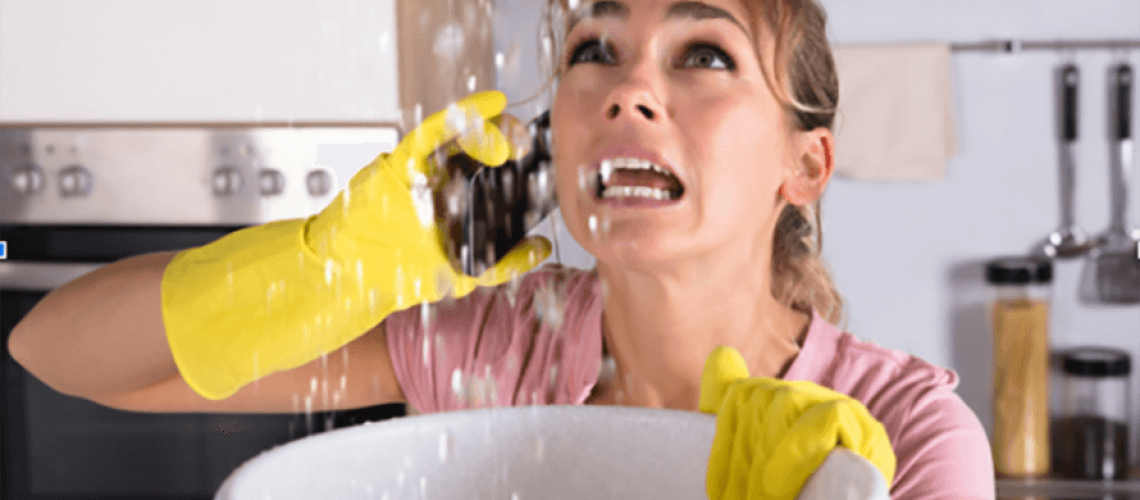Guide To Water Leakage Detection At Home
Guide To Water Leakage Detection At Home
Blog Article
This post in the next paragraphs on the subject of Detecting hidden plumbing leaks is immensely compelling. Give it a go and make your own ideas.

Early detection of leaking water lines can alleviate a prospective disaster. Some small water leakages may not be noticeable.
1. Check Out the Water Meter
Checking it is a proven means that helps you uncover leakages. If it moves, that suggests a fast-moving leakage. This implies you might have a slow-moving leakage that can also be underground.
2. Check Water Consumption
Evaluate your water bills as well as track your water intake. As the one paying it, you must notice if there are any inconsistencies. If you find sudden changes, regardless of your usage coinciding, it means that you have leaks in your plumbing system. Bear in mind, your water expense should drop under the same array on a monthly basis. A sudden spike in your bill shows a fast-moving leakage.
A consistent boost every month, even with the same practices, shows you have a slow-moving leak that's additionally gradually rising. Call a plumber to completely check your building, specifically if you really feel a cozy location on your flooring with piping beneath.
3. Do a Food Coloring Test
When it comes to water consumption, 30% comes from toilets. If the color somehow infiltrates your dish throughout that time without flushing, there's a leakage between the container and also bowl.
4. Asses Exterior Lines
Don't fail to remember to check your outside water lines as well. Test faucets by affixing a garden hose pipe. Ought to water permeate out of the link, you have a loosened rubber gasket. Replace this as well as guarantee all connections are tight. If you have actually got a sprinkler system, it will certainly aid get it skillfully examined and also kept yearly. One small leak can squander tons of water and increase your water expense.
5. Inspect and Analyze the Circumstance
Homeowners must make it a behavior to examine under the sink counters and also also inside cupboards for any bad odor or mold and mildew development. These 2 warnings show a leak so timely interest is called for. Doing regular examinations, even bi-annually, can save you from a major issue.
If you know your residence is currently old, maintain a watchful eye on your heaters, hose pipes, pipelines and so on. Check for stainings and damaging as a lot of pipelines and home appliances have a life expectancy. They will certainly likewise normally degrade due to damage. If you believe dripping water lines in your plumbing system, don't await it to escalate. Call an expert plumber right away so you don't wind up with a terrible mess in your house.
Early discovery of dripping water lines can minimize a prospective catastrophe. Some small water leakages might not be noticeable. Inspecting it is a surefire means that helps you find leaks. One small leakage can throw away loads of water as well as increase your water bill.
If you think dripping water lines in your plumbing system, don't wait for it to escalate.
How to Know If Your Home Has a Hidden Leak
Water Meter Reveals Inexplicable Water Usage
If you’d like to test whether or not there’s a leak somewhere in your home, you can do this using your water meter. Here is how to conduct the test:
Don’t use any water in your home for at least 30 minutes; this also means not turning on faucets or water-using appliances.
Go outside, and check your water meter for activity.
If your water meter shows that there was activity, even though no one was using any water, this proves that there is a leak in your home.Visible Mold or Mildew Growth
Leaks behind walls create moist, dark environments that allow mold and mildew to grow and thrive. Eventually, you might see mold growth forming on the wall closest to a hidden leak.
If mold is growing in an area that receives a high amount of moisture, such as a bathroom, it may simply be an indication that better ventilation is needed. However, if you see mold growth on a wall or the ceiling in an area where you would not expect, you probably have a hidden leak.
Musty, Mildew Odor
Sometimes you might not be able to see the mold or mildew that is growing as a result of a leak. However, the smell can give the problem away just as easily. If you catch a whiff of something musty, there’s a good chance that old water is collecting somewhere in your home that you can’t see.
Stained/Warped Walls, Ceilings, or Floors
When your home soaks up water, a variety of red flags can become visible, including ceiling stains, bubbling drywall, warped walls, and sagging floors. While these issues can be caused by excess humidity, they can also be signs that a pipe or plumbing connection has started leaking behind your walls.
Inexplicably High Water Bill
After a while, you get a general sense for what your water bill should be. If you own a pool or sprinkler system, your bill will tend to be higher during summer. However, if you receive a water bill that seems especially high, and you can’t figure out what caused it, then you may have a hidden leak somewhere that’s increasing your bill.
https://www.plumbingjoint.com/blog/2019/july/how-to-know-if-your-home-has-a-hidden-leak/

I came across that piece about Detecting hidden plumbing leaks when doing a search on the web. Those who enjoyed our blog posting please be sure to share it. We enjoy reading our article about Top leak detection hacks.
Report this page